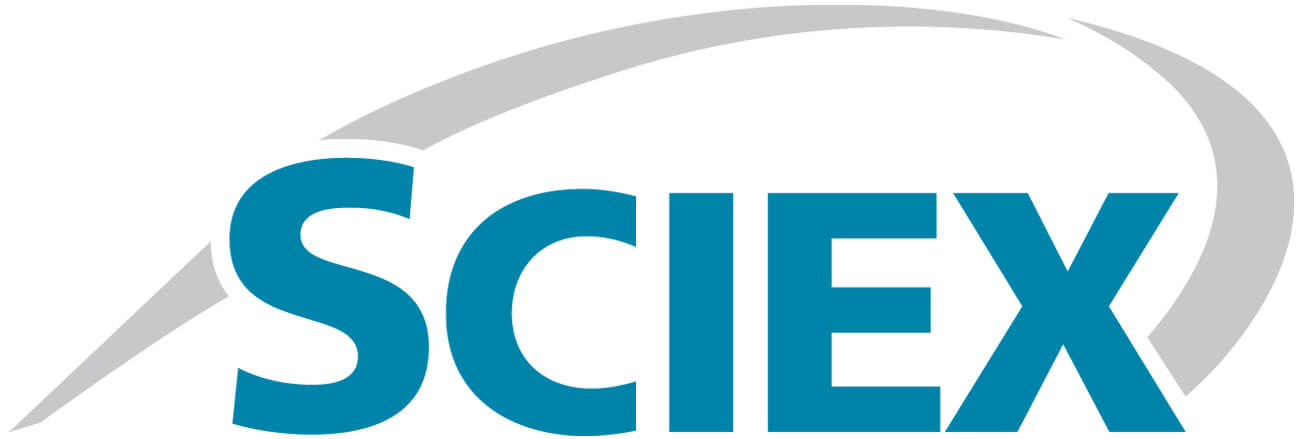This technical note describes the collaboration between SCIEX and Eurofins Environment Testing to address the 2022 US EPA drinking water health advisory levels (HALs) for 4 per- and polyfluoroalkyl substances (PFAS).1 Sample preparation and instrumental methods were developed to achieve low parts-per-quadrillion (ppq) HALs—which is pg/L equivalent—for perfluorooctanoic acid (PFOA, 4 ppq), perfluorooctane sulfonic acid (PFOS, 20 ppq), perfluorobutane sulfonic acid (PFBS, 2 ppb) and hexafluoropropylene oxide dimer acid (HFPO-DA, or GenX, 10 ppt). The high sensitivity of the SCIEX 7500 system allowed for a simplified sample preparation procedure, reducing PFAS contamination. Method extraction spikes showed excellent recovery at 4 ppq for PFOA, PFBS and HFPO-DA, and at 20 ppq for PFOS.
PFAS are widely detected in drinking water and have been recognized as global environmental contaminants for over 20 years. The US EPA drinking water HALs for PFAS are not enforceable regulatory limits but indicate the levels below which adverse health effects are not anticipated (considering lifetime exposure).2 The low ppq levels for PFOA and PFOS in the 2022 EPA drinking water HALs demand an unprecedented level of cleanliness and instrumental sensitivity which ultimately necessitates newer, robust analysis techniques.





